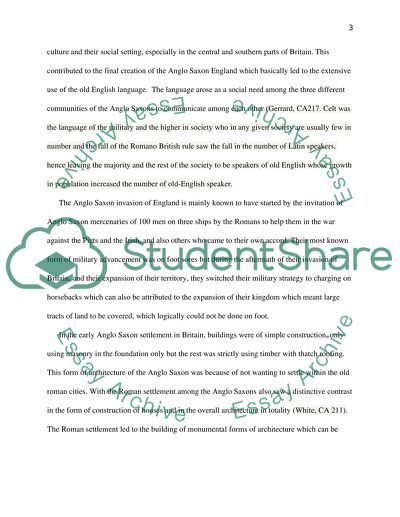Cite this document
(“The Short-Term Significance Of The Anglo-Saxon Invasions Coursework”, n.d.)
The Short-Term Significance Of The Anglo-Saxon Invasions Coursework. Retrieved from https://studentshare.org/history/1460627-what-in-your-view-was-the-short-term-significance
The Short-Term Significance Of The Anglo-Saxon Invasions Coursework. Retrieved from https://studentshare.org/history/1460627-what-in-your-view-was-the-short-term-significance
(The Short-Term Significance Of The Anglo-Saxon Invasions Coursework)
The Short-Term Significance Of The Anglo-Saxon Invasions Coursework. https://studentshare.org/history/1460627-what-in-your-view-was-the-short-term-significance.
The Short-Term Significance Of The Anglo-Saxon Invasions Coursework. https://studentshare.org/history/1460627-what-in-your-view-was-the-short-term-significance.
“The Short-Term Significance Of The Anglo-Saxon Invasions Coursework”, n.d. https://studentshare.org/history/1460627-what-in-your-view-was-the-short-term-significance.


